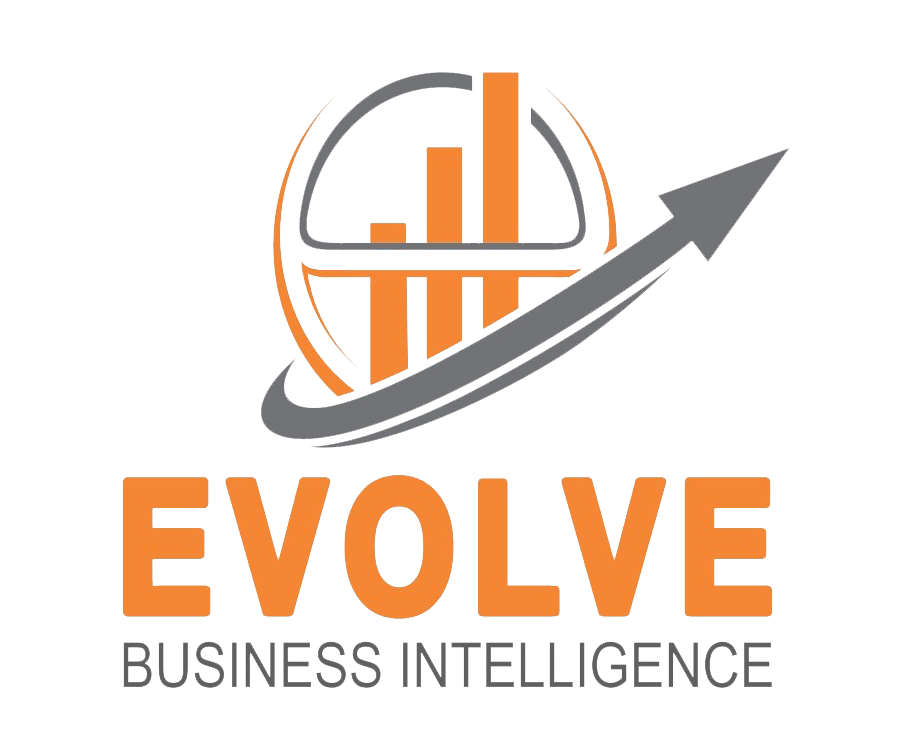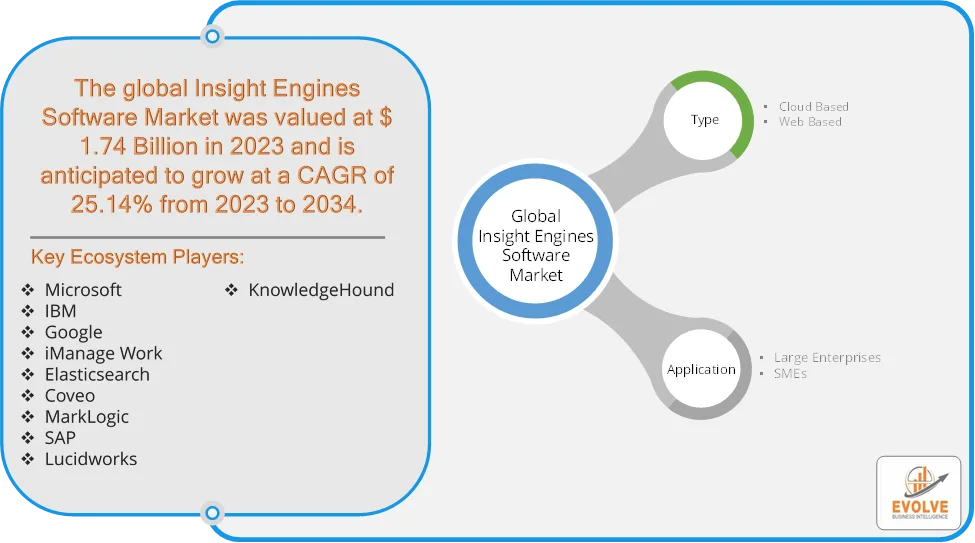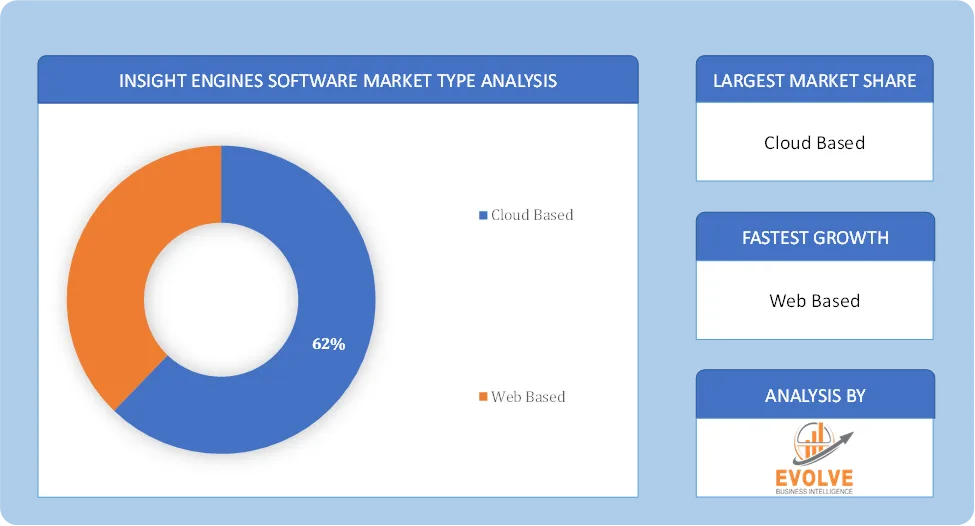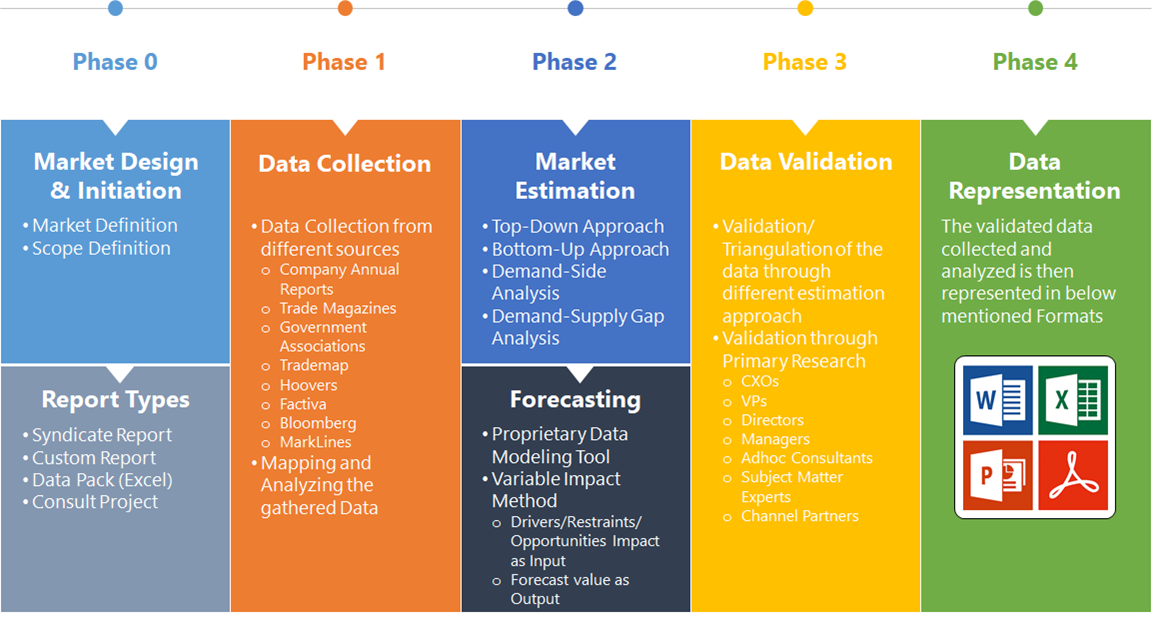Insight Engines Software Market Overview
The Insight Engines Software Market size accounted for USD 1.74 Billion in 2023 and is estimated to account for 2.10 Billion in 2024. The Market is expected to reach USD 7.85 Billion by 2034 growing at a compound annual growth rate (CAGR) of 25.14% from 2024 to 2034. The Insight Engines Software market is experiencing significant growth, driven by the increasing demand for data-driven decision-making and advancements in artificial intelligence (AI) and machine learning (ML). The Insight Engines Software market is poised for substantial growth, driven by technological advancements and the increasing need for sophisticated data analysis tools across various industries.
Organizations are recognizing the value of insight engines in transforming raw data into strategic assets, thereby gaining a competitive edge in the digital landscape. The Insight Engines Software Market is a dynamic and rapidly evolving space, with significant potential for growth.
Global Insight Engines Software Market Synopsis
 Insight Engines Software Market Dynamics
Insight Engines Software Market Dynamics
The major factors that have impacted the growth of Insight Engines Software Market are as follows:
Drivers:
Ø Growing Need for Data-Driven Decision-Making
Businesses are increasingly prioritizing data analytics to enhance operational efficiency and strategic planning. Insight engines facilitate the transformation of raw data into structured, meaningful insights, supporting informed decision-making. The integration of AI and machine learning technologies into insight engines enhances their ability to process complex datasets, automate search processes, and provide real-time, relevant insights.
Restraint:
- Memory Reluctance to Adopt New Technologies
Many organizations are hesitant to embrace advanced technologies like AI and machine learning-based insight engines due to perceived risks and a lack of understanding of their capabilities. Decision-makers often prefer human judgment over automated insights, fearing potential job displacement and questioning the reliability of machine-generated decisions.
Opportunity:
⮚ Rising Integration of Artificial Intelligence (AI) and Machine Learning (ML)
The incorporation of AI and ML technologies enhances the capabilities of insight engines, enabling more accurate and efficient data analysis. This integration allows for real-time insights and predictive analytics, offering a competitive edge to organizations. Insight engines enable businesses to analyze customer data effectively, facilitating personalized services and improved customer engagement. This capability is particularly valuable in industries like retail and e-commerce, where understanding customer behavior is crucial.
Insight Engines Software Market Segment Overview
– Based on Type, the market is segmented based on Cloud Based and Web Based. The Cloud Based segment dominant the market. The adoption of cloud computing has been steadily increasing across industries due to its numerous benefits such as scalability, flexibility, cost-effectiveness, and ease of deployment. As a result, more organizations are opting for cloud-based solutions, including insight engine software, to leverage the advantages offered by cloud infrastructure.
By Application
Based on Application, the market segment has been divided into the Large Enterprises and SMEs. Large Enterprises dominate the Insight Engines Software Market. Insight Engines Software is widely used in Large Enterprises applications. Large enterprises typically handle vast amounts of data generated from multiple sources across various departments and business units. These organizations require advanced tools and platforms to extract valuable insights from their extensive datasets, facilitate data discovery, and drive informed decision-making.
Global Insight Engines Software Market Regional Analysis
Based on region, the global Insight Engines Software Market has been divided into North America, Europe, Asia-Pacific, the Middle East & Africa, and Latin America. North America is projected to dominate the use of the Insight Engines Software Market followed by the Asia-Pacific and Europe regions.
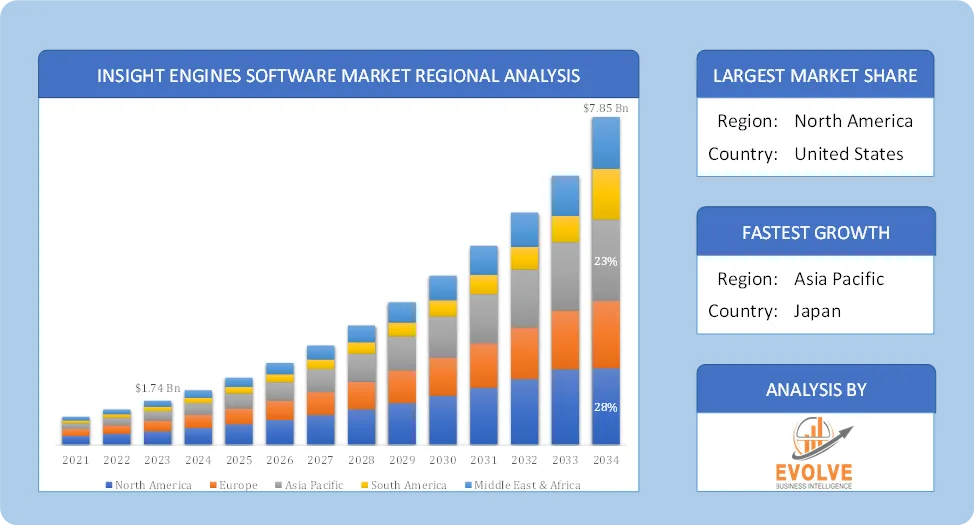
North America Global Insight Engines Software Market
North America holds a dominant position in the Insight Engines Software Market. The region’s advanced digital infrastructure and a highly skilled technical workforce further bolster the adoption and integration of these solutions across various industries, including retail, healthcare, and BFSI.
Asia-Pacific Global Insight Engines Software Market
The Asia-Pacific region has indeed emerged as the fastest-growing market for the Insight Engines Software Market industry. It’s driven by rapid digital transformation and increasing investments in AI and ML technologies across various sectors. Countries like China, India, and Japan are at the forefront, adopting insight engines to enhance operational efficiency and customer engagement. Proactive government support for AI initiatives and a strong emphasis on enhancing customer experiences through data-driven strategies further contribute to the market’s expansion in this region.
Competitive Landscape
The global Insight Engines Software Market is highly competitive, with numerous players offering a wide range of software solutions. The competitive landscape is characterized by the presence of established companies, as well as emerging startups and niche players. To increase their market position and attract a wide consumer base, the businesses are employing various strategies, such as product launches, and strategic alliances.
Prominent Players:
- Microsoft
- IBM
- iManage Work
- Elasticsearch
- Coveo
- MarkLogic
- SAP
- Lucidworks
Scope of the Report
Global Insight Engines Software Market, by Type
- Cloud Based
- Web Based
Global Insight Engines Software Market, by Application
- Large Enterprises
- SMEs
Global Insight Engines Software Market, by Region
- North America
- US
- Canada
- Mexico
- Europe
- UK
- Germany
- France
- Italy
- Spain
- Benelux
- Nordic
- Rest of Europe
- Asia Pacific
- China
- Japan
- South Korea
- Indonesia
- Austalia
- Malaysia
- India
- Rest of Asia Pacific
- South America
- Brazil
- Argentina
- Rest of SouthAmerica
- Middle East &Africa
- Saudi Arabia
- UAE
- Egypt
- SouthAfrica
- Rest of Middle East & Africa
| Parameters | Indicators |
|---|---|
| Market Size | 2033: USD322.1 Billion |
| CAGR (2023-2033) | 10.53% |
| Base year | 2022 |
| Forecast Period | 2023-2033 |
| Historical Data | 2021 (2017 to 2020 On Demand) |
| Report Coverage | Revenue Forecast, Competitive Landscape, Growth Factors, and Trends |
| Key Segmentations | Type, Application |
| Geographies Covered | North America, Europe, Asia-Pacific, South America, Middle East, Africa |
| Key Vendors | Microsoft, IBM, Google, iManage Work, Elasticsearch, Coveo, MarkLogic, SAP, Lucidworks and KnowledgeHound. |
| Key Market Opportunities | · Rising Integration of Artificial Intelligence (AI) and Machine Learning (ML)
· Personalization in Customer Experience |
| Key Market Drivers | · Growing Need for Data-Driven Decision-Making
· Advancements in AI and Machine Learning |
REPORT CONTENT BRIEF:
- High-level analysis of the current and future Insight Engines Software Market trends and opportunities
- Detailed analysis of current market drivers, restraining factors, and opportunities in the future
- Insight Engines Software Market historical market size for the year 2021, and forecast from 2023 to 2033
- Insight Engines Software Market share analysis at each product level
- Competitor analysis with detailed insight into its product segment, Government & Defense strength, and strategies adopted.
- Identifies key strategies adopted including product launches and developments, mergers and acquisitions, joint ventures, collaborations, and partnerships as well as funding taken and investment done, among others.
- To identify and understand the various factors involved in the global Insight Engines Software Market affected by the pandemic
- To provide a detailed insight into the major companies operating in the market. The profiling will include the Government & Defense health of the company’s past 2-3 years with segmental and regional revenue breakup, product offering, recent developments, SWOT analysis, and key strategies.
